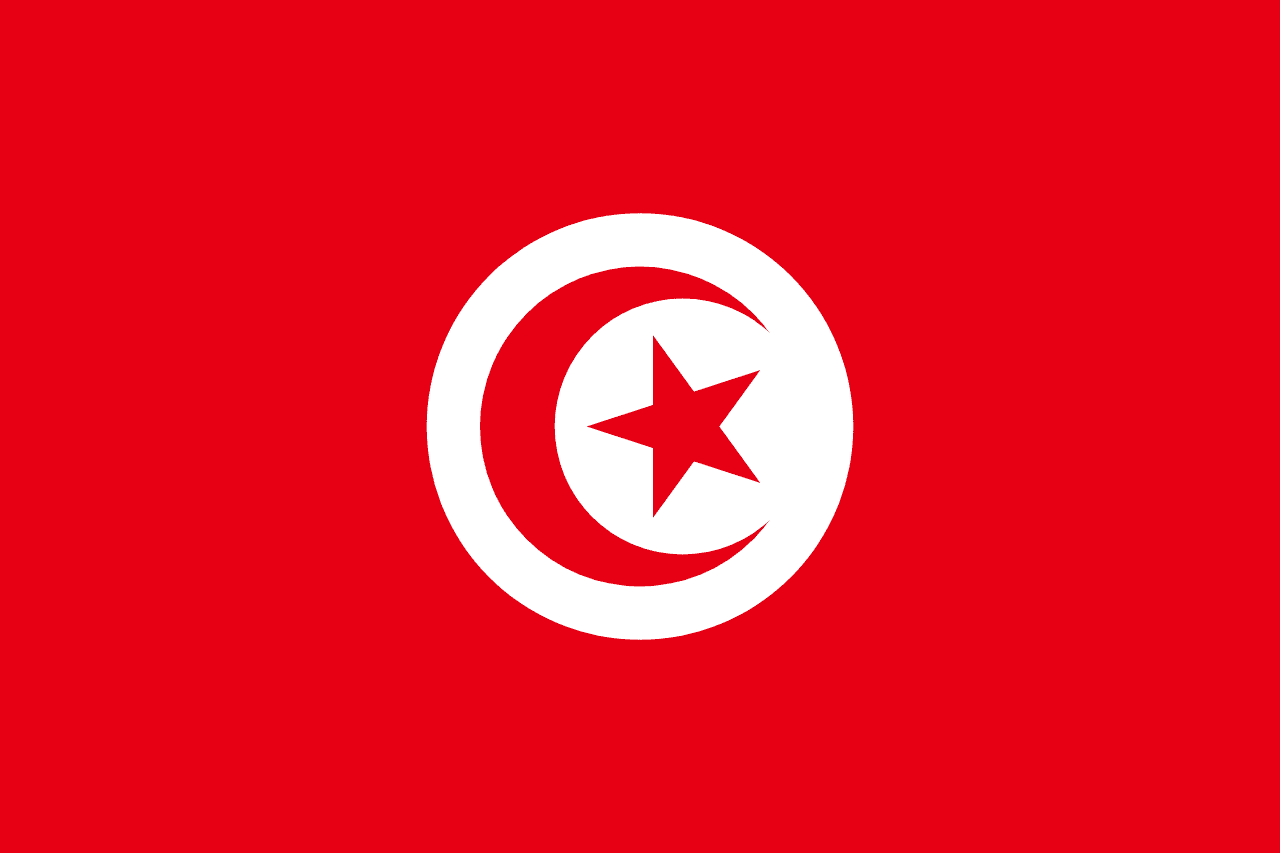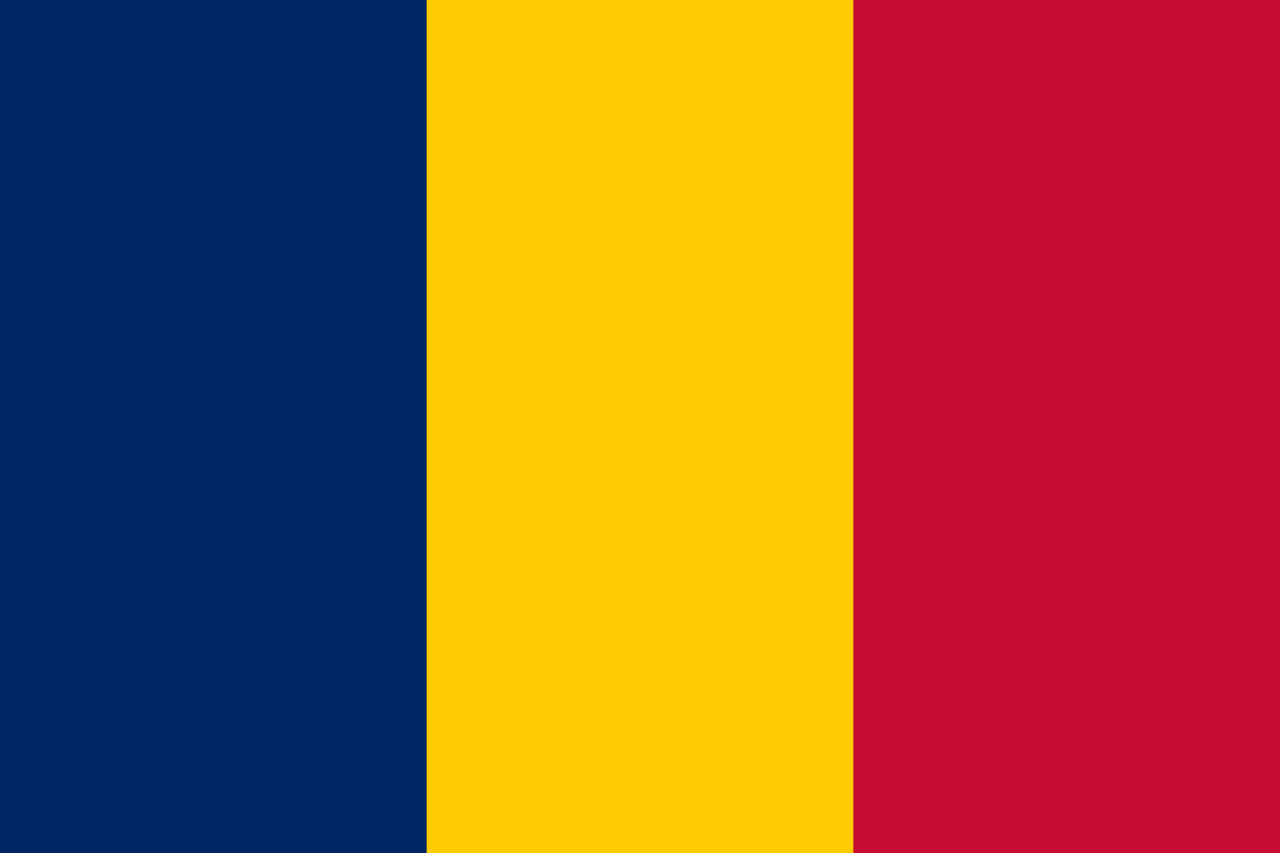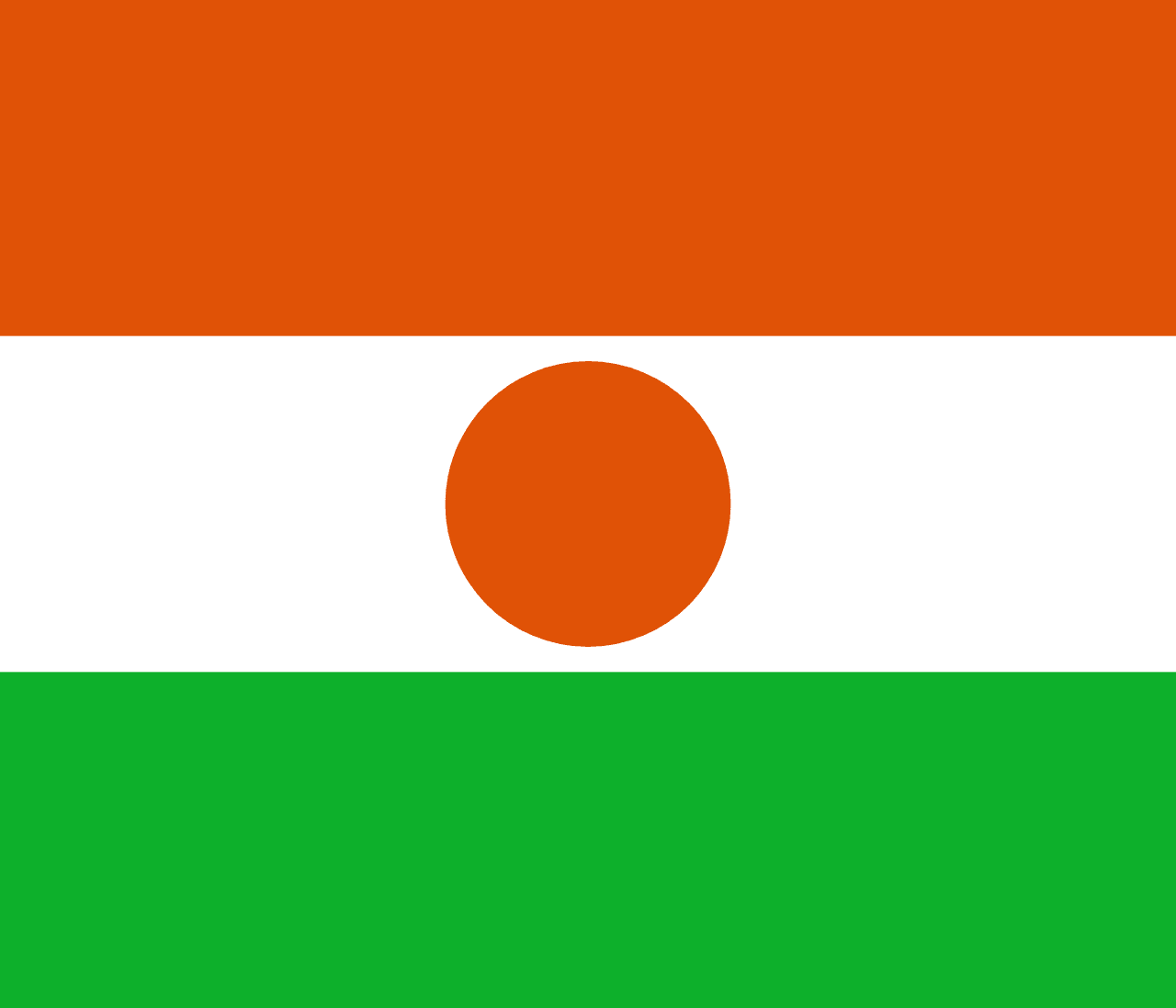Libya Flag Meaning
Three horizontal stripes of red, black, and green with a white crescent and five-pointed star centered on the black stripe, representing Libya's return to its royal heritage after the 2011 revolution and the unity of its three historical regions.
- Continent
- Africa
- Adopted
- 2011
- Ratio
- 1:2
- Colors
- red, black, green, white

Symbolism
Red Stripe: Represents the blood shed by Libyans in their struggle for independence and freedom, particularly during the fight against Italian colonization and the 2011 revolution against Gaddafi's regime.
Black Stripe: Symbolizes the dark period of foreign occupation and represents Cyrenaica, one of Libya's three historical regions. Black also represents the country's oil wealth that lies beneath the desert.
Green Stripe: Represents the fertile land of Tripolitania region and hope for Libya's agricultural future. Green also symbolizes Islam and the prosperity that Libya seeks to achieve.
White Crescent and Star: Islamic symbols representing the faith of the Libyan people and their connection to the broader Islamic world. The crescent represents progress while the star represents hope and guidance.
Three Regions Unity: The three stripes represent the unity of Libya's historical regions: Tripolitania (green), Cyrenaica (black), and Fezzan (red), which were unified under the Kingdom of Libya.
History
- Ancient Times: The regions of Tripolitania, Cyrenaica, and Fezzan were part of various ancient civilizations including Phoenician, Greek, Roman, and Byzantine empires before Arab conquest.
- 1551-1911: Libya was part of the Ottoman Empire, using Ottoman symbols while maintaining distinct regional identities in Tripolitania, Cyrenaica, and Fezzan.
- 1911-1943: Italian colonization brought foreign flags and symbols, while Libyan resistance movements, particularly under Omar Mukhtar, fought for independence using various local banners.
- December 24, 1951: The Kingdom of Libya gained independence under King Idris I, adopting the current red, black, and green tricolor with crescent and star as the national flag.
- September 1, 1969: Muammar Gaddafi's military coup overthrew the monarchy, and Libya began using different flag designs before settling on the plain green flag in 1977.
- 1977-2011: Libya used a solid green flag, the only national flag in the world that was entirely one color, representing Gaddafi's Green Book ideology and revolutionary principles.
- August 20, 2011: During the Libyan Civil War, rebels readopted the 1951-1969 royal flag as a symbol of resistance against Gaddafi and connection to pre-revolutionary Libya.
Trivia
- Libya's previous flag (1977-2011) was the only national flag in the world that consisted of a single solid color (green), making the current design a dramatic change.
- The flag represents Libya's return to its pre-Gaddafi identity, as the design is identical to the Kingdom of Libya flag used from 1951-1969.
- Libya has the world's largest proven oil reserves in Africa, and the black stripe symbolically represents this underground wealth that has shaped the country's modern history.
- The flag was first raised by rebels in Benghazi during the 2011 Arab Spring uprising, making it a symbol of the revolution that ended Gaddafi's 42-year rule.
- Libya is one of the few countries to have used three completely different flag designs in the modern era: the royal tricolor, Gaddafi's green flag, and the restored tricolor.
- The three historical regions represented by the flag stripes (Tripolitania, Cyrenaica, Fezzan) reflect Libya's challenge of unifying diverse tribal and geographic areas.
- Omar Mukhtar, the famous Libyan resistance leader against Italian colonization, is honored by the red stripe representing the blood of those who fought for independence.
- The flag appears on Libyan dinar banknotes alongside images of ancient ruins and historical sites, connecting modern Libya to its rich archaeological heritage.
- Libya's capital was moved from Benghazi to Tripoli during the kingdom period, and both cities played crucial roles in the 2011 revolution that restored this flag.
- The flag represents a country that is home to some of the world's best-preserved Roman ruins, including Leptis Magna and Sabratha, UNESCO World Heritage sites.
- Gaddafi's Green Book ideology, represented by the former solid green flag, was completely rejected when Libyans readopted the royal flag during the 2011 uprising.
- The flag flies over a country that is largely covered by the Sahara Desert, with most of the population concentrated along the Mediterranean coast represented by the maritime heritage.
- Libya's flag appears in discussions about post-conflict reconstruction, as the country continues to work toward political stability and national unity since 2011.
- The crescent and star symbols connect Libya to other Arab and Islamic nations, representing the country's identity within the broader Middle Eastern and North African region.
- The flag represents Africa's third-largest country by area, highlighting the challenge of governing a vast territory with diverse tribal, regional, and cultural identities.
Related Countries

Malta
Europe
Two vertical stripes of white and red with the George Cross in the upper left corner, representing Malta's courage during World War II and its historical significance in the Mediterranean.

Tunisia
Africa
A red field with a white circle in the center containing a red crescent moon and five-pointed star, representing the blood shed for independence, purity and peace, Islam, and the unity of all Muslims, based on the Ottoman flag but with distinct Tunisian characteristics.

Chad
Africa
Three vertical stripes of blue, yellow, and red representing Chad's geographic diversity from the waters and sky in the north to the desert and savannas, adopted on the eve of independence from France.

Egypt
Africa
Three horizontal stripes of red, white, and black with the golden Eagle of Saladin centered on the white stripe, representing the struggle for freedom, purity and bright future, the dark past of oppression, and the strength of the Arab Republic of Egypt.

Niger
Africa
Three horizontal stripes of orange, white, and green with an orange circle centered on the white stripe, representing the Sahara Desert, the Niger River, and the fertile south, with the sun symbolizing hope and determination.

Greece
Europe
Nine horizontal stripes alternating blue and white with a blue canton containing a white Greek cross, representing the sea and sky, purity and struggle for independence, and the Greek Orthodox faith that unites the nation.